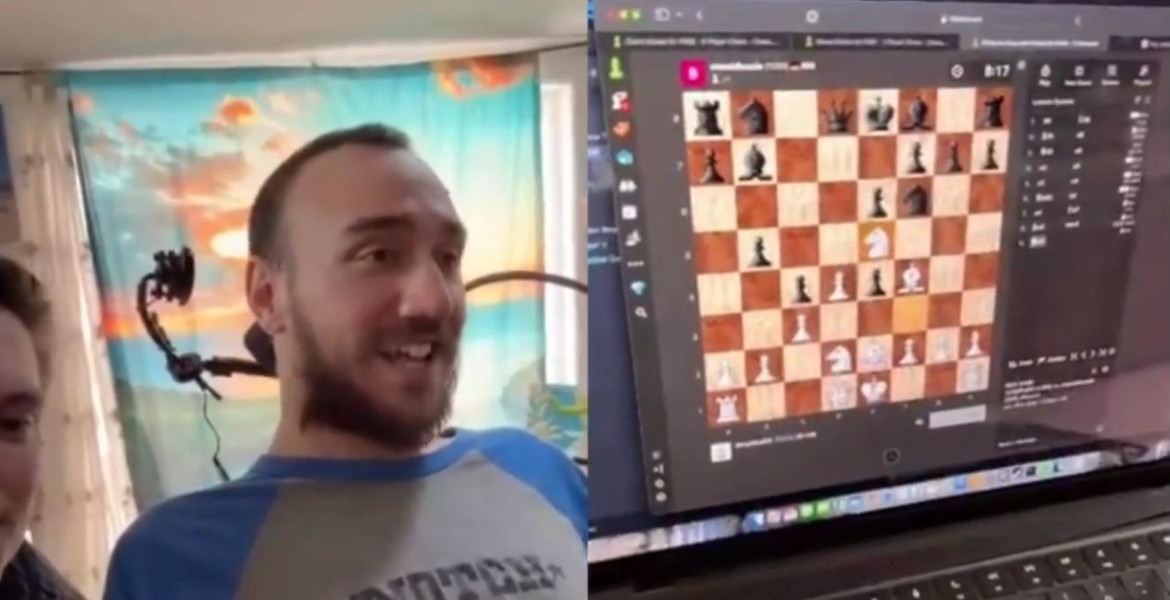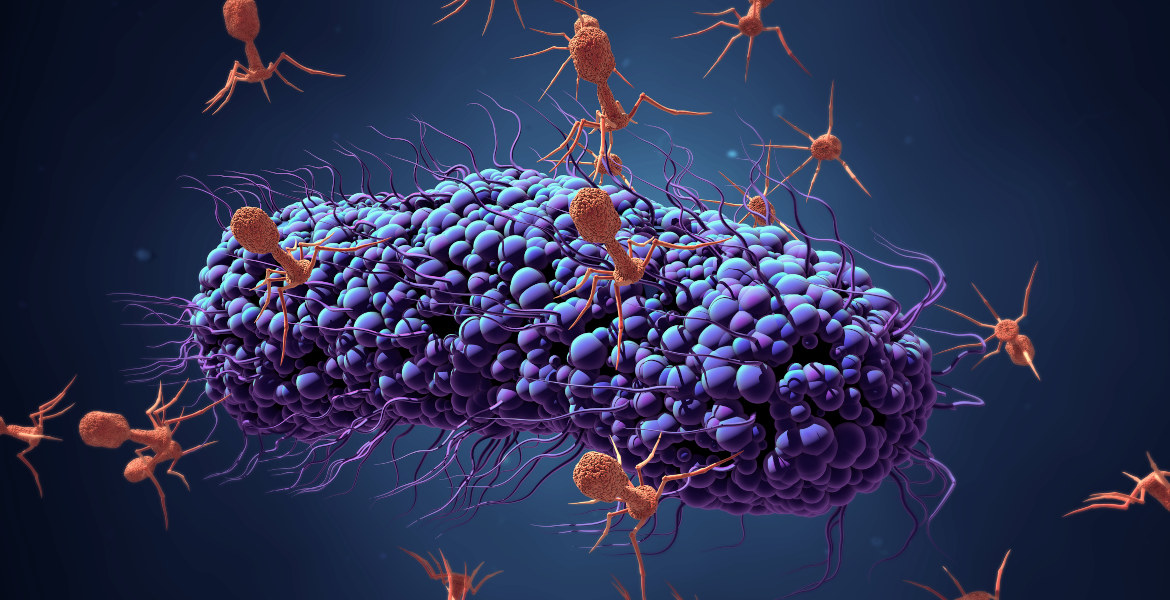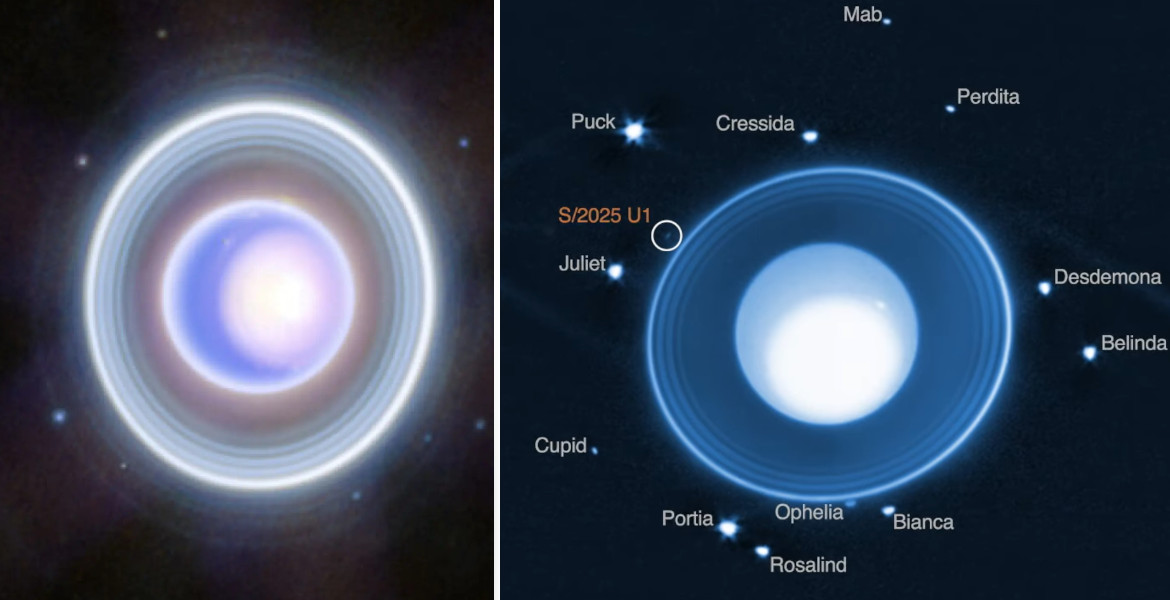Elon Musk’s biotech venture Neuralink has unveiled its first human trial patient: Noland Arbaugh, 29. After receiving a special brain implant, Arbaugh, who has been paralysed from the shoulders down for eight years, is now able to move a cursor on a computer screen using only his mind.
– It’s like using ‘The Force’ on the cursor, says Arbaugh.
In alignment with Neuralink’s ambitious goal to “create a generalized brain interface to restore autonomy to individuals with unmet medical needs and to unlock human potential for the future”, Arbaugh showcased his newfound ability to play online chess and the strategy game Civilization VI using his mind during a livestream on Twitter/X.
– I’m so freakin’ lucky to be a part of this. I just can’t even describe how cool it is to be able to do this.
— Neuralink (@neuralink) March 20, 2024
Founded in 2016, Neuralink’s road to human trials has been lengthy. Their original plan to begin human trials in 2020 was delayed until May last year, when the FDA finally gave Neuralink the go-ahead to begin human trials. Until then, the company had been using monkeys in its tests, which had caused some controversy.
Invasive robot surgery
To create a brain-computer interface, a two-part device called the N1 implant is used. The first part, which sits outside the skull, contains a battery, a bluetooth antenna and the tiny computer that controls the implant. The second part, the “neural lace”, consists of “1,024 electrodes distributed over 64 threads”, which perform the essential service of detecting neural signals or “spikes” in the brain. The neural lace has to be implanted in the brain using a special surgical robot, also developed by Neuralink.
– You open a piece of skull. You remove a coin-sized piece of skull. And then the robot inserts the electrodes. Then the device replaces the portion of skull that was removed. And we basically close that up with actually super glue, which is how a lot of wounds are closed. And then you can just walk around right afterwards. It’s pretty cool, says Elon Musk himself about the surgical process.

– The surgery was super easy, I literally was released from the hospital a day later. I have no cognitive impairments, none that were caused by the surgery anyway, Arbaugh jokes about the surgical process.
“Changed my life”
Asked if he had any final remarks to close the live stream, Arbaugh said:
– It’s not perfect. I would say that we have run into some issues. I don’t want people to think this is the end of the journey, there’s still a lot of work to be done. But it has already changed my life and I think that people who are thinking about applying for the human trials or are thinking about finding some way to help out with this.
– The reason I got into this was because I just wanted to help, I wanted to be part of something that I feel like is going to change the world.
Commenting on the live stream, Musk himself took the opportunity to explain part of Neuralink’s wider ambition to help the disabled.
“Long-term, it is possible to shunt the signals from the brain motor cortex past the damaged part of the spine to enable people to walk again and use their arms normally”, he writes.






